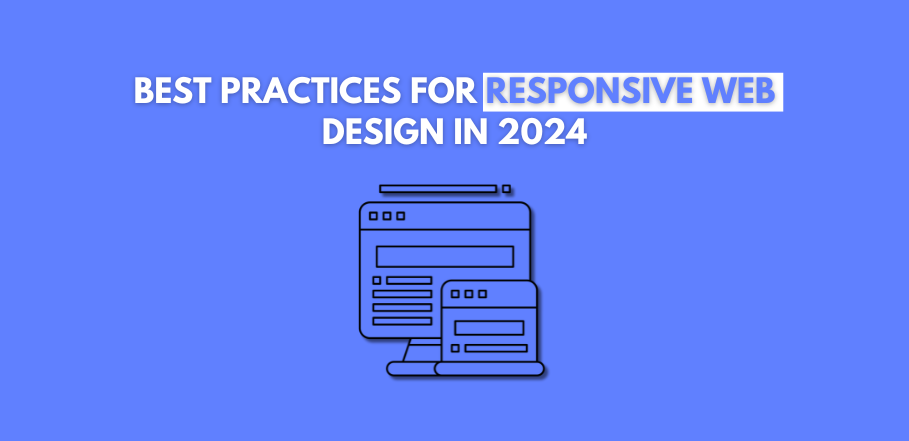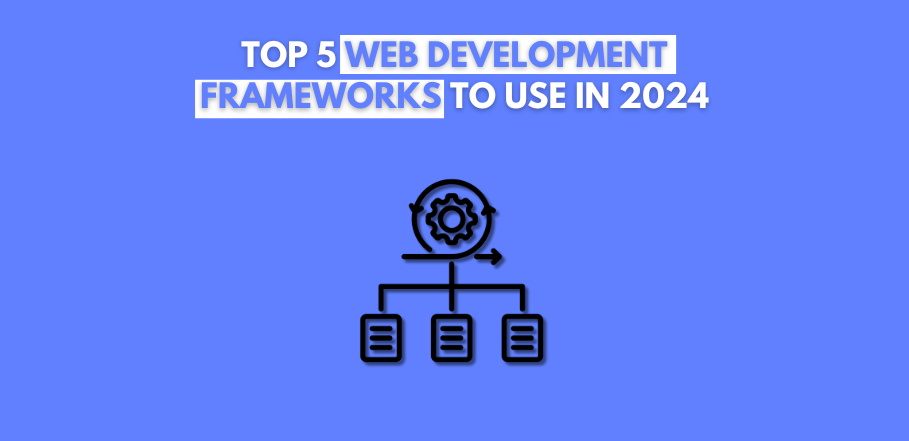
A Detailed Brief of API Integration
API integration is a cornerstone of modern web development, enabling seamless communication between different software applications and enhancing functionality. Understanding the fundamentals of API integration, its benefits, and best practices can significantly improve your business operations and customer experience. This detailed brief explores the essentials of API integration, its applications, and strategies for effective implementation.
1. What is API Integration?
API integration involves connecting different software applications using Application Programming Interfaces (APIs). An API is a set of rules that allows one application to interact with another, enabling the sharing of data and functionality. API integration streamlines processes automates workflows, and enhances the overall efficiency of your digital ecosystem.
2. Why is API Integration Important?
API integration is essential for several reasons:
- Interconnectivity: APIs allow different applications to communicate and work together, creating a cohesive digital environment.
- Efficiency: Automating data exchange and processes reduces manual effort and errors, enhancing productivity.
- Scalability: APIs enable seamless scaling by integrating new applications and services without disrupting existing systems.
- Innovation: APIs provide access to new functionalities and services, driving innovation and enhancing user experience.
- Data Synchronization: APIs ensure that data is consistent and up-to-date across all integrated systems.
3. Key Components of API Integration
API integration involves several key components and processes, including:
API Endpoints
Endpoints are specific URLs where APIs interact with different parts of an application. Each endpoint corresponds to a specific function or data access point.
Authentication and Authorization
Securing APIs is crucial. Authentication verifies the identity of the user or application, while authorization ensures they have permission to access the requested data or functionality.
Request and Response
API integration involves sending requests from one application to another and receiving responses. Requests contain necessary parameters and data, while responses provide the requested information or confirmation.
Data Formats
APIs commonly use data formats like JSON (JavaScript Object Notation) or XML (eXtensible Markup Language) to exchange information. JSON is widely preferred due to its simplicity and readability.
Error Handling
Effective error handling ensures that any issues during API interactions are properly managed and communicated, maintaining smooth operations.
4. Benefits of API Integration
Investing in high-quality API integration offers numerous benefits:
- Enhanced Efficiency: Automating workflows and data exchange reduces manual tasks and improves productivity.
- Improved User Experience: Integrating various services and functionalities creates a seamless and cohesive user experience.
- Cost Savings: API integration reduces development and maintenance costs by leveraging existing services and functionalities.
- Flexibility: APIs allow for easy integration and scaling, enabling businesses to adapt quickly to changing needs.
- Data Consistency: Ensuring consistent and accurate data across all integrated systems improves decision-making and operational efficiency.
5. Applications of API Integration
API integration is used in a wide range of industries and applications, including:
E-Commerce
- Payment Gateways: Integrating payment APIs to facilitate secure online transactions.
- Inventory Management: Synchronizing inventory data across multiple platforms and warehouses.
- Shipping and Logistics: Connecting with shipping APIs to provide real-time tracking and shipping options.
Social Media
- Social Media Integration: Embedding social media feeds and sharing functionalities into websites and applications.
- Analytics and Insights: Accessing social media analytics and insights through APIs.
Healthcare
- Electronic Health Records (EHR): Integrating EHR systems to streamline patient data management.
- Telemedicine: Connecting telemedicine platforms with patient records and appointment scheduling systems.
Finance
- Banking APIs: Integrating banking services for seamless transactions and account management.
- Financial Data: Accessing real-time financial data and analytics through APIs.
Marketing
- Email Marketing: Connecting email marketing platforms with CRM systems for personalized campaigns.
- Analytics and Reporting: Integrating analytics tools to track and measure marketing performance.
6. Best Practices for API Integration
To achieve optimal results with API integration, follow these best practices:
- Understand API Documentation: Thoroughly review and understand the API documentation to ensure proper implementation and usage.
- Ensure Security: Implement robust authentication and authorization mechanisms to secure API interactions.
- Optimize Performance: Optimize API requests and responses for speed and efficiency, minimizing latency and load times.
- Monitor and Maintain: Regularly monitor API performance and maintain integrations to address any issues and ensure smooth operations.
- Test Thoroughly: Conduct thorough testing to identify and resolve any issues before deploying API integrations.
- Stay Updated: Keep up with the latest API updates and best practices to ensure continued compatibility and performance.
7. The Future of API Integration
API integration is constantly evolving, with new trends and technologies shaping its future. Key trends to watch include:
- API-First Development: Prioritizing APIs in the development process to create more flexible and scalable applications.
- GraphQL: Using GraphQL as an alternative to REST APIs for more efficient and flexible data querying.
- Microservices Architecture: Adopting microservices architecture to create modular and scalable applications.
- AI and Machine Learning: Integrating AI and machine learning APIs to enhance functionalities and provide personalized experiences.
- IoT Integration: Connecting Internet of Things (IoT) devices through APIs for smarter and more interconnected solutions.
Conclusion
API integration is a powerful tool that enhances connectivity, efficiency, and innovation across various industries. By understanding the key components of API integration and implementing best practices, businesses can create seamless and cohesive digital ecosystems that drive growth and improve user experience. At EZ Brand Builders, we specialize in helping businesses leverage the power of API integration to achieve their digital goals and build strong, recognizable brands. By investing in high-quality API integration, businesses can stay competitive in the rapidly evolving digital landscape and drive sustained success.








